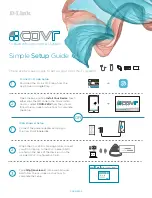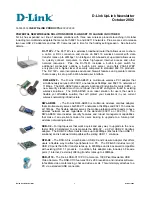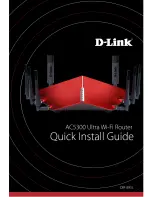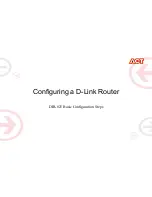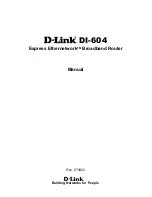
Chengdu Ebyte Electronic Technology Co.,Ltd.
E610-433TxxS User Manual
Copyright ©2012–2023
,
Chengdu Ebyte Electronic Technology Co.,Ltd.
23
the over-the-air radio signal for
encryption.
7.3 Factory default parameters
Model
number
Restore factory default parameters command.C0 00 09 00 00 00 40 00 2E 00 00 00
Module type
Frequency
Address
Signal
Channel
Airspeed
Baud rate
Serial port
format
Transmittin
g power
E610-433T20
S
433MHz
0x0000
0x2E
0.5kbps
9600
8N1
30dbm
8. Trunking mode use
No
Relay mode description
1
After setting the trunking mode via the configuration mode, switch to the general mode and the trunking
starts working.
2
The ADDH and ADDL are no longer used as module addresses in relay mode, but correspond to the
NETID to forward the pairing respectively, and if one of these networks is received, it is forwarded to the
other; the repeater's own network ID is invalid.
3
In relay mode, the relay module cannot send and receive data and is unable to perform low-power
operations.
4
The module resets the user parameters from mode 3 (sleep mode) to other modes or during a reset,
during which the AUX output goes low
。
Trunking networking rules are described as follows.
1
、
Forwarding rules, trunking can forward data in both directions between two NETIDs.
2. In relay mode, ADDH\ADDL is no longer used as a module address and is forwarded as a NETID pair.
As shown in the diagram.
①
Level 1 trunk
"Node 1" NETID is 08.
"Node 2" NETID is 33.
The ADDH/ADDL of Relay 1 is 08 and 33 respectively.
So the signal sent by node 1 (08) can be forwarded to node 2 (33)
Also node 1 and node 2 have the same address, so the data sent by node 1 can be received by node 2.
②
Secondary Relay
The ADDH\ADDL of relay 2 is 33, 05 respectively.
So relay 2 can forward data from relay 1 to network NETID: 05.
Thus node 3 and node 4 can receive data from node 1. Node 4 outputs data normally, node 3 has a different address to
node 1, so it does not output data.
③
Two-way relay
As configured in the figure: data sent by node 1 can be received by nodes 2 and 4, and data sent by nodes 2 and 4 can
also be received by node 1




























